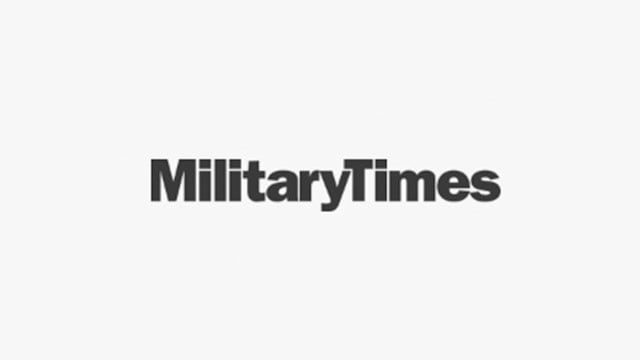We invited colleges and universities across the country to fill out a rigorous survey, comprising well over 100 questions, about their operations involving current and former service members and their families. Schools that identified themselves primarily as career and technical institutions were considered for the rankings published last month; all other schools were considered for these rankings. We evaluated schools' survey responses based on what veterans have told us is important to them, as well as on our own editorial judgment. We also factored in Education Department statistics commonly used to track student success and academic quality. Broadly speaking, schools were evaluated in five categories: university culture, academic quality, student support, academic policies and financial aid. While the value of each section was comparable, university culture and student support were worth the most in the survey, and financial aid was worth the least. Many factors other than those listed in the chart were considered when developing the rankings.
2013 enrollment data are as reported by the schools in our survey for the fall 2013 semester, except where otherwise indicated. Military enrollment figures are measured similarly and apply to service members and veterans actually tracked by a school, not just students using military-related benefits, except where otherwise indicated.
Accepts ACE-recommended credits means a school grants at least some academic credits for military training, as recommended by the American Council on Education.
Charged at or below TA cap shows whether a school's tuition rate for all programs, or all undergraduate programs, was at or below the $250-per-credit-hour limit set for military tuition assistance in the 2013-14 school year.
Charged at or below Post-9/11 limits means a school indicated that no Post-9/11 GI Bill recipient at the school, eligible at the 100 percent benefit level, was charged a tuition rate above what the Post-9/11 GI Bill covered in the 2013-14 school year. Public schools must not charge out-of-state tuition rates for this to happen; private schools must not exceed the $19,198.31 cap.
Yellow Ribbon rates a school's participation in the Yellow Ribbon program, under which a school and the Veterans Affairs Department partner to partially or completely make up the difference between a school's tuition rate and the Post-9/11 GI Bill payment cap. Schools with n/a indicated that the Post-9/11 GI Bill fully covered their tuition costs, so Yellow Ribbon was not needed. Stars are awarded based on the proportion of students receiving Yellow Ribbon scholarships and the value of those awards. Best rating is four stars.
Staff support rates the number of staff members a school dedicates to veterans issues, the amount of time they spend on veterans issues and the scope and frequency of military-related training for teachers and administrators throughout the school.
Academic support rates the types of academic help a school provides, such as tutoring, mentors and learning communities, and also considers whether there is a separate version of these types of support for veterans. The ratings also consider a school's withdrawal and re-enrollment policies for deployed service members.
Extracurriculars rates the number and activity level of student veteran groups at a school, as well as whether the school supports those groups financially. The ratings also consider initiatives to support military spouses and families, as well as nonacademic school events, such as service projects, Veterans Day programs and others.
Accreditation indicates a school's institutional accreditation. [R] indicates regional accreditation, which is generally the most respected type of accreditation in the academic community and usually makes it easier to transfer academic credit to another school. See the accompanying box for an explanation of the abbreviations.
Student-faculty ratio data, from the Education Department, show the average number of students per one faculty member in fall 2013.
Graduation rate data, from the Education Department, indicate the percentage of first-time, full-time students who graduated within 150 percent of the expected completion time for the degrees they pursued. The percentage reflects those students who started in 2010 while graduating by 2013 if seeking an associate degree, and started in 2007 while graduating by 2013 if seeking a bachelor's degree. Among all schools tracked by the Education Department, the average graduation rate was 56 percent for four-year schools and 33 percent for two-year schools for students graduating by 2012, the most recent year for which data is available. Graduation rates consider only first-time, full-time students, a category into which current and former service members rarely fall. However, the rate can provide some indication of academic success for the traditional student population. For schools that reported the information, the number in parentheses is the transfer-out rate for the same time frame, which, if added to the graduation rate, may give a more accurate representation of student success.
Default rate data, from the Education Department, indicate the percentage of students from the 2011 graduating class who defaulted on loans within two years of beginning to repay them. Among all schools tracked by the Education Department, the average default rate was 11 percent for four-year schools and 20 percent for less-than-four-year schools.
The lists: 4-year schools
The lists: Online & nontraditional schools
The lists: 2-year schools




